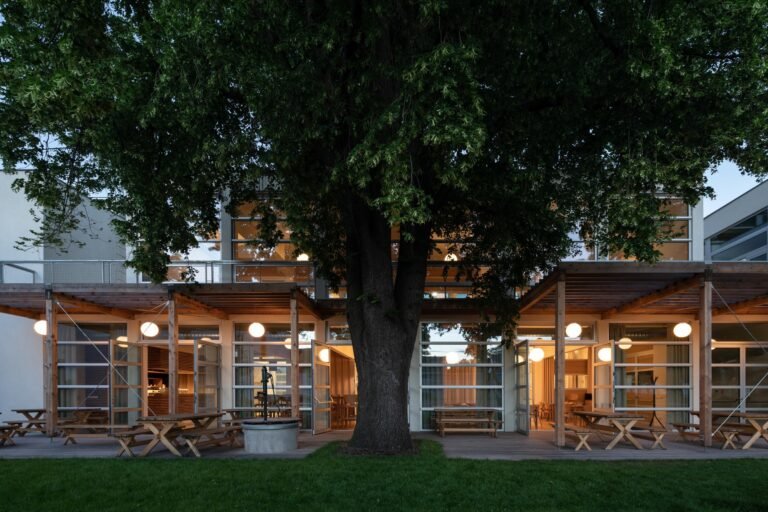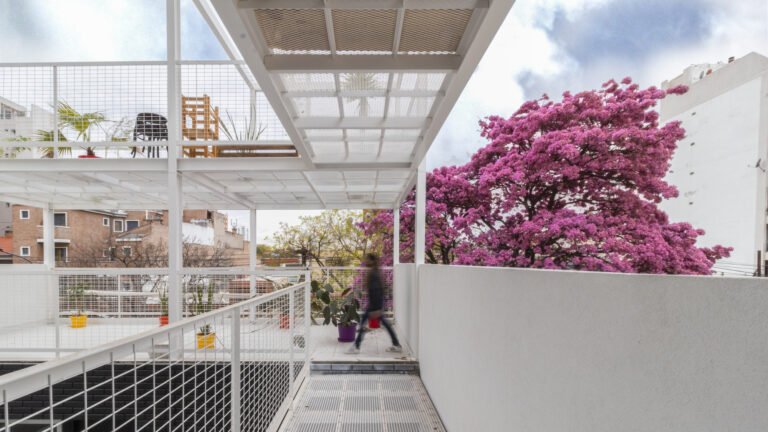How to Set Up Your Own At-Home Composting System in 5 Simple Steps
Experts will often separate compost materials into two categories: green and brown. Green compostables are things like fruit and vegetable peelings, grass clippings, coffee grounds, or weeds. Brown items include cardboard, eggshells, hay or straw, and leaves. Combining both types ensures the nutrients in the compost pile are well balanced, which helps create that ideal environment. “That balance makes sure that your compost is going to remain both moist and dry,” Bridgewater says, “So that it’s not wet or thirsty.”
If you’re unsure or overwhelmed, Camilla Marcus, founder of West-Bourne, a zero-waste restaurant and pantry provisions line, says it’s easiest to start with just your food scraps, as those will break down the fastest. Scraps you set aside after cooking—like banana and avocado peels or stems from veggies—are compostable, and it’s usually the most straightforward way to get started. Once you see how that works, you can start introducing more of the brown materials. “It’s okay to not have it down totally perfectly and keep trying,” she says.
Of course, there are some things that just aren’t compostable at all. These include meat or fish scraps, dairy, fat, oils, or plants and wood that have been treated with pesticides.
2. Collect compostable goods
Once you know what is compostable, you’ll want to get a container to collect all of these items. Bridgewater uses two 3-gallon bins that he keeps near his back door, “One for citrus and one for my other organics,” he says. However, you don’t necessarily have to have more than one.
Marcus recommends starting with something small you can put on your counter, and there are plenty of design-forward options that won’t compromise the look of your kitchen. “I think starting that way helps you think about how you’re cooking and what you’re using,” she argues. “If you commit to only having food scraps that fill up that bin once a week, you start to get much more creative.”



